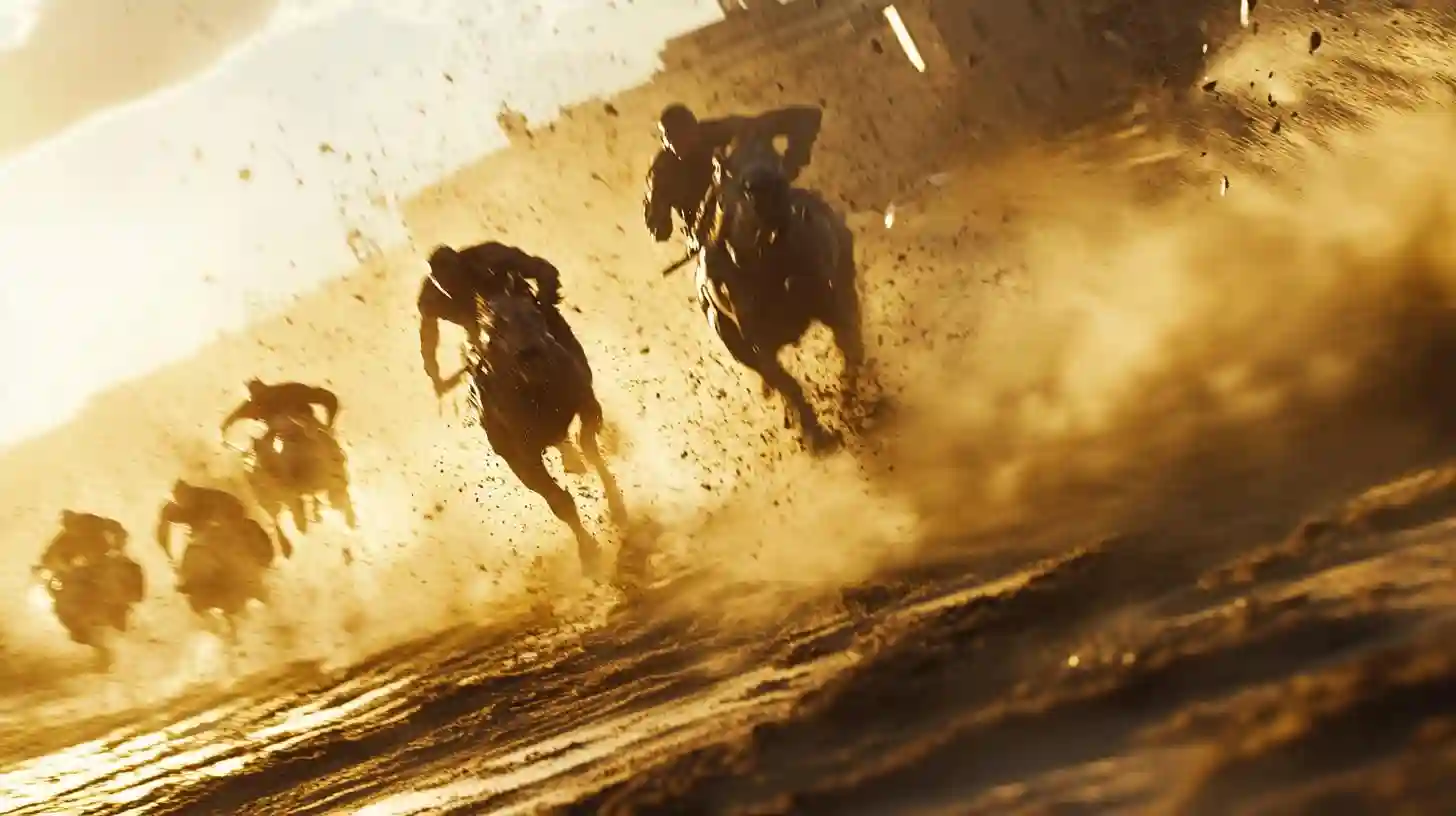
In the realm of cinema, few genres ignite the imagination quite like fantasy. Over the years, audiences have been invited to explore wondrous worlds inhabited by creatures that defy human comprehension. One of the most exciting aspects of this genre is the depiction of imagined monster races, brought to life through the marvels of filmmaking. This year, an innovative new movie has emerged, showcasing a vibrant tapestry of fantastical beings that provide a fresh take on traditional monster lore.
The film draws inspiration from centuries of mythology, folklore, and even contemporary speculative fiction. It reaches deep into the well of human creativity, showcasing an eclectic mix of monsters that range from the terrifying to the whimsical. Audiences are introduced to fiercely original races, each with distinct characteristics, cultures, and quirks.
Visual storytelling takes center stage in this cinematic experience, as the filmmakers expertly use advanced CGI technology to achieve breath-taking realism. Creatures leap off the screen with such vivid detail that one can almost feel the texture of their scales, fur, or feathers. The animators and designers worked meticulously to ensure that each imagined race not only looks spectacular but also moves in a manner that feels authentic. From the way a clawed hand grips the environment to the fluidity of a creature’s tailored gait, every aspect has been crafted with an acute attention to realism.
The storyline unfolds in a world where these monster races coexist, each carved out its own territory and society. The narrative does not simply reduce these beings to antagonistic roles or mere obstacles for the human protagonists. Rather, it delves into the complexities of inter-species relationships, exploring themes of cooperation, misunderstanding, and the potential for coexistence. The film's plot intricately weaves the lives of its human characters with those of the various monsters, guiding viewers through a journey of enlightenment and empathy.
One of the film’s standout features is how it incorporates unique cultural elements specific to each monster race. Each group boasts its traditions, social hierarchies, and even forms of communication. For instance, viewers will be intrigued by the reverent rituals of a wise, ancient race that venerates nature. Their deep connection to the earth serves as a reminder of humanity's own roots and ecological responsibilities.
Contrastingly, another race is marked by fierce competition and instinctual behavior, yet their underlying motivations are deeply relatable. This complexity in storytelling enriches the viewing experience, inviting the audience to reflect on their perceptions of “the other.” The film challenges the conventional view of monsters, suggesting that they are not merely embodiments of fear but rather beings with their own desires, fears, and triumphs.
Bringing these imagined creatures to life also involves an impressive ensemble of voice talents, many of whom are renowned for their skills in both animation and live-action performances. Each actor adds depth to their character, infusing humor, tragedy, and wisdom into the voices of the monsters. The dialogue often blurs the lines between language and instinct, showcasing how communication can transcend words. This contributes to the film’s central theme: understanding and empathy can bridge even the widest chasms between beings of vastly different origins.
The cinematography is a visual feast, with stunning landscapes that serve as backdrops for the various monster territories. Filmmakers have created awe-inspiring vistas—lush valleys, desolate wastelands, and mesmerizing underwater realms. Each environment feels lived-in, painted with the same imagination that gave birth to the creatures populating them. This immersive world invites viewers to lose themselves in the allure of the unknown, a vital element for any successful fantasy film.
In an age where storytelling increasingly scrutinizes the roles of heroes and villains, this film takes a refreshing approach. It reinvents the monster genre by constructing a narrative where the lines between good and evil are often blurred. Each race is painted with shades of gray, depicting their existence as a reflection of the broader human experience.
Ultimately, this new cinematic venture is a powerful testament to the allure of monsters within our cultural narrative. It showcases the potential of fantasy to examine complex themes of identity, acceptance, and the power of the imagination. By taking imagined races and breathing life into them on the big screen, the filmmakers not only inspire awe but also provoke thought, encouraging viewers to consider what it truly means to be a monster in a world that often misunderstands the unfamiliar. The captivating tapestry of characters and themes will undoubtedly resonate long after the credits roll, allowing audiences to carry the magic of the experience into their everyday lives.